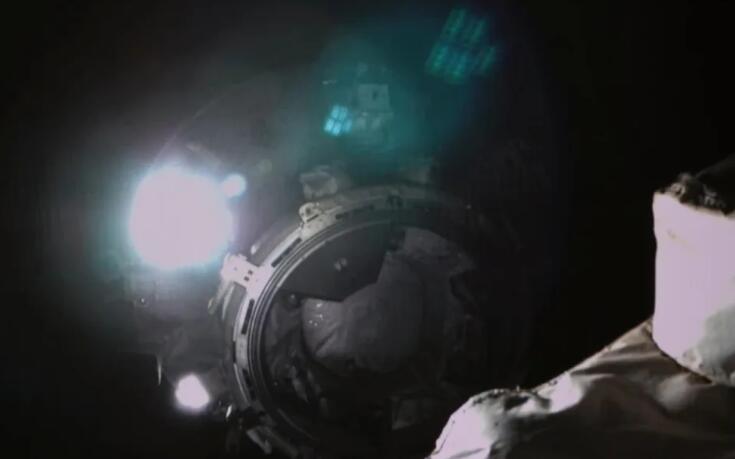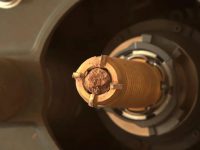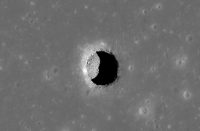Only small parts of the Tianzhou-3 ship survived to fall safely Wednesday into a predetermined area of the South Pacific, the China Manned Space Agency said.
Until July 17, the spacecraft had been docked with the station’s Tianhe core section and its return follows the addition of a laboratory module on Monday as China moves to complete the station in the coming months.
China’s space program is run by the ruling Communist Party’s military wing, the People’s Liberation Army, and has largely proceeded with the space station program without other nations’ assistance. The U.S. excluded China from the International Space Station because of its military ties.
The booster that has drawn attention from the space community was part of the massive 23-ton Long March 5B-Y3 rocket — China’s most powerful — that carried the Wentian module to the station, aboard which three astronauts currently reside.
China decided not to guide the booster back through the atmosphere and it’s not clear exactly when or where it will come down to Earth. While it will largely burn up on return, there remains a slight risk of fragments causing damage or casualties.
While China is not alone in such practices, the size of the Long March rocket stage has drawn particular scrutiny.
China has allowed rocket stages to fall back to Earth on their own at least twice before, and was accused by NASA last year of “failing to meet responsible standards regarding their space debris” after parts of a Chinese rocket landed in the Indian Ocean.
China also drew heavy criticism after using a missile to destroy one of its defunct weather satellites in 2007, creating a massive debris field.
Foreign Ministry spokesperson Zhao Lijian on Wednesday rejected such concerns.
“Since the development stage of the space engineering program, China has taken into consideration the debris mitigation and return from orbit into atmosphere of missions involving rocket carriers and satellite sent into orbit,” Zhao said at a daily briefing Wednesday.
“It is understood that this type of rocket adopts a special technical design that most of the components will be burnt up and destroyed during the reentry process,” Zhao said. “The possibility of causing damage to aviation activities or on the ground is extremely low.”
Huge Chinese rocket falling to Earth and nobody knows where it will hit
A Chinese rocket is falling to Earth in an uncontrolled fall – with scientists unable to predict where it will land.
The 21-ton rocket stage was left as a part of the Wentian space station module, which was launched on Sunday and docked with the Tiangong space station safely.
The rocket has been tracked by Jonathan McDowell, of the Harvard-Smithsonian Center for Astrophysics. He also said that, “on average”, American launches “do a rather better job of upper stage disposal and China on average a worse one.”
Two objects cataloged from the CZ-5B launch: 53239 / 2022-085A in a 166 x 318 km x 41.4 deg orbit, 53240 / 2022-085B in a 182 x 299 km x 41.4 deg orbit. Orbital epoch of ~1200 UTC confirms that the inert 21t rocket core stage remains in orbit and was not actively deorbited.
— Jonathan McDowell (@planet4589) July 24, 2022
“Unfortunately we can’t predict when or where,” Dr McDowell told Gizmodo via email. “Such a large rocket stage should not be left in orbit to make an uncontrolled reentry; the risk to the public is not huge, but it is larger than I am comfortable with.”
Neither the US military, Space Command, nor the 18th Space Defense Squadron has issued alerts on Twitter about the event yet.
The odds of rocket debris landing on people or property is low, but this is not due to preventative or defensive measures as much as how much ocean covers the surface of the Earth. However, researchers say there is roughly 10 per cent chance that one or more casualties will be caused in the next 10 years.
This is the third time that China has left a rocket to descent uncontrolled to Earth. In May last year, a rocket that carried a central part of the Tianhe space station module shot around the Earth so quickly that it was impossible to say where it would land. The debris circled the Earth once every 90 minutes.
If the rocket had re-entered the atmosphere above a populated area, the result would have been akin to a small plane crash scattered over 100 miles,
The year before, a similar prototype craft came within 13 minutes of hitting New York City.




GIPHY App Key not set. Please check settings